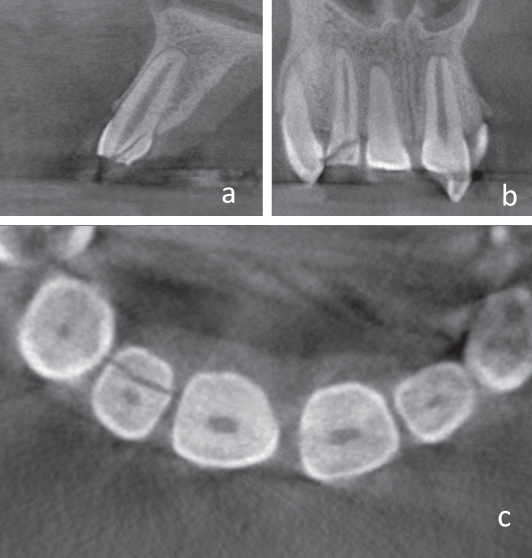

The evidence is current up to August 2017. Review authors working with Cochrane Oral Health carried out this review of randomised controlled trials. This material should not prevent the resorption of the primary tooth's root, to let the permanent tooth to grow in. The most common materials used for direct pulp capping are calcium hydroxide, the more recent but more expensive mineral trioxide aggregate, formocresol or an adhesive resin (placed directly over the tooth's nerve).Īfter a pulpotomy, one of four materials is generally used: ferric sulphate, formocresol, calcium hydroxide or mineral trioxide aggregate.Īfter a pulpectomy, a material is put into the space created by pulp removal.

Dentists often have to perform one of three pulp treatment techniques: direct pulp capping (where a healing agent is placed directly over the exposed pulp), pulpotomy (removal of a portion of the pulp) or pulpectomy (removal of all of the pulp in the pulp chamber and root canal of a tooth).

Tooth decay in the primary teeth tends to progress rapidly, often reaching the pulp - the nerves, tiny blood vessels and connective tissue that make up the centre of a tooth. In children, tooth decay is among the most common diseases. How effective are different options for treating extensive tooth decay in children's primary (milk) teeth to resolve the child's symptoms (typically pain, swelling, abnormal movement) and tooth signs (as shown on an x-ray)?


 0 kommentar(er)
0 kommentar(er)
